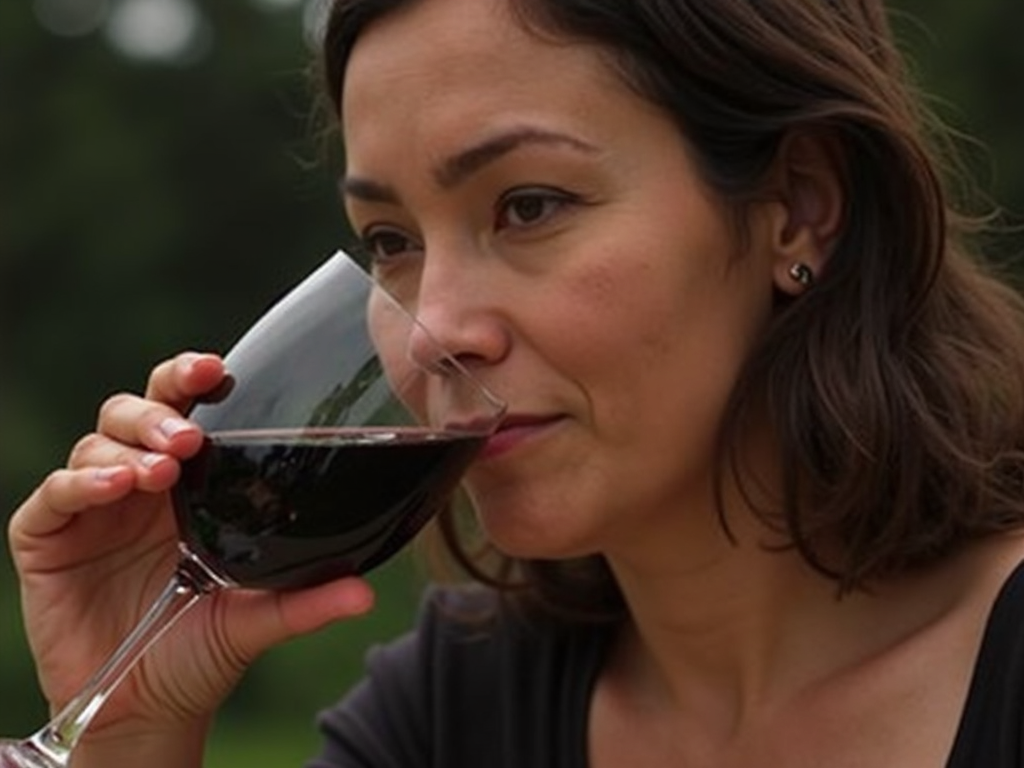Wine Tasting 101: Tips for Beginners
Overview:
New to wine tasting? This guide is your starting point. Learn the basics, from swirling to sipping, and discover how to appreciate wine like a pro.
Understanding Wine Tasting
Wine tasting might seem intimidating, but it's actually quite simple once you know the basics. In this Wine Tasting 101 guide, we'll break it down for beginners. Wine tasting is about using your senses to appreciate the wine's characteristics. It's not just about drinking; it's about experiencing the wine fully.

Start by observing the wine's color and clarity. Hold the glass up to the light and notice if it's clear or cloudy. The color can give you clues about the wine's age and grape variety. For example, red wines tend to lighten with age, while white wines darken.
The Five S's of Wine Tasting
To make wine tasting easy, remember the Five S's: See, Swirl, Sniff, Sip, and Savor.
1. See
As mentioned, look at the wine's color and clarity. This can tell you about its age and possible flavors.
2. Swirl
Swirling the wine in your glass releases its aromas. It also lets you see the 'legs' or 'tears' on the glass, which can indicate the wine's alcohol content or sweetness.

According to a study by Cornell University, swirling wine helps release its aromas, making it easier to detect different scents.
3. Sniff
Bring the glass to your nose and take a deep sniff. Try to identify the different aromas. You might smell fruits, flowers, spices, or even earthy notes.
4. Sip
Take a small sip and let it roll around your mouth. Pay attention to the flavors and how they change. Is it sweet, sour, bitter, or salty?
5. Savor
After swallowing, notice the aftertaste or 'finish.' How long does the flavor linger? A longer finish often indicates a higher-quality wine.

Common Wine Tasting Terms
As a beginner, you might hear terms that sound confusing. Here's a quick guide to some common ones:
-
Body: This refers to how heavy or light the wine feels in your mouth. Light-bodied wines are like skim milk, while full-bodied wines are like whole milk.
-
Tannins: These are compounds found in grape skins and seeds. They make your mouth feel dry, like strong tea.
-
Acidity: This is the tartness in wine. High-acidity wines are crisp and refreshing, while low-acidity wines are smoother.
-
Bouquet: This is the wine's aroma. It's what you smell when you sniff the wine.
-
Finish: The aftertaste left in your mouth after swallowing the wine.

Pairing Wine with Food: Tips and Tricks
Pairing wine with food can enhance your dining experience. Here are some tips for beginners:
-
Match Intensity: Pair light wines with light dishes and bold wines with hearty dishes. For example, a light white wine goes well with fish, while a full-bodied red pairs with steak.
-
Consider Flavors: Think about the flavors in both the wine and the food. Sweet wines can balance spicy foods, while acidic wines can cut through rich, fatty dishes.
-
Experiment: Don't be afraid to try different combinations. Sometimes, unexpected pairings can be delightful.

For more detailed guidance, check out this wine and food pairing chart from Wine Folly, a reputable source for wine education.
Beginner-Friendly Wine Brands
If you're new to wine, starting with well-known, approachable brands can be helpful. One such brand is Beringer, known for its quality and variety.
Beringer Merlot Tasting Guide
Beringer's Merlot is a great choice for beginners. It's smooth, with flavors of plum, cherry, and a hint of spice. When tasting, look for these characteristics:
-
Color: Deep ruby red.
-
Aroma: Notes of ripe fruit and a touch of vanilla.
-
Taste: Medium-bodied with soft tannins and a smooth finish.

Other beginner-friendly wine brands include:
-
Yellow Tail: Known for its easy-drinking wines at affordable prices.
-
Barefoot: Offers a wide range of varietals, perfect for exploring different styles.
-
Kendall-Jackson: Their Chardonnay is a classic choice for white wine lovers.
Summary
Wine tasting is an enjoyable way to explore the world of wine. By following the Five S's and understanding basic terms, you can start appreciating wine like a pro. Remember to experiment with food pairings and try different brands to find your favorites. With practice, you'll develop your palate and discover the wines you love most.
For more information on wine tasting techniques, visit the Wine Institute, a leading authority on wine education.